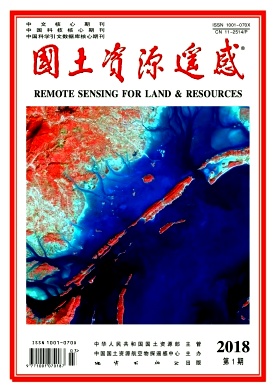DAI Chenxi, XIE Xiangjian, XU Zhigang, DU Peijun. Monitoring and analyzing herbal medicine plantation via remote sensing:A case study of pseudo-ginseng in Wenshan and Honghe Prefecture of Yunnan Province[J]. Remote Sensing for Natural Resources, 2018, (1): 210-216. doi: 10.6046/gtzyyg.2018.01.29
| Citation: |
DAI Chenxi, XIE Xiangjian, XU Zhigang, DU Peijun. Monitoring and analyzing herbal medicine plantation via remote sensing:A case study of pseudo-ginseng in Wenshan and Honghe Prefecture of Yunnan Province[J]. Remote Sensing for Natural Resources, 2018, (1): 210-216. doi: 10.6046/gtzyyg.2018.01.29
|
Monitoring and analyzing herbal medicine plantation via remote sensing:A case study of pseudo-ginseng in Wenshan and Honghe Prefecture of Yunnan Province
-
Abstract
Monitoring the planting area and growth status of rare medical herbs is a new direction of remote sensing application. Pseudo-ginseng, as a commercial and severe planted crop in Yunnan Province, has a significant influence on the regional land use and financial income. Thus,the accurate monitoring of the planting area and the trend of pseudo-ginseng is of vital importance. Based on the analysis of spectral and spatial features of the pseudo-ginseng plantation, an efficient method to extract the planting areas of pseudo - ginseng was proposed and its change was analyzed using multi -temporal remote sensing images. Experimental results demonstrated that the planting area of pseudo-ginseng in Wenshan and Honghe has kept grown from 2010 to 2015,especially from 2012 to 2014 with a rapid speed. However,the market price decreased because supply exceeds demand in this period. Compared to the market price, the planting area has a obvious lag effect. Furthermore, the pseudo - ginseng plantation is concentrated in the appropriate elevation gradients between 1400 and 2000 m, with the slope below 25°.
-

-
-
Access History







 DownLoad:
DownLoad: